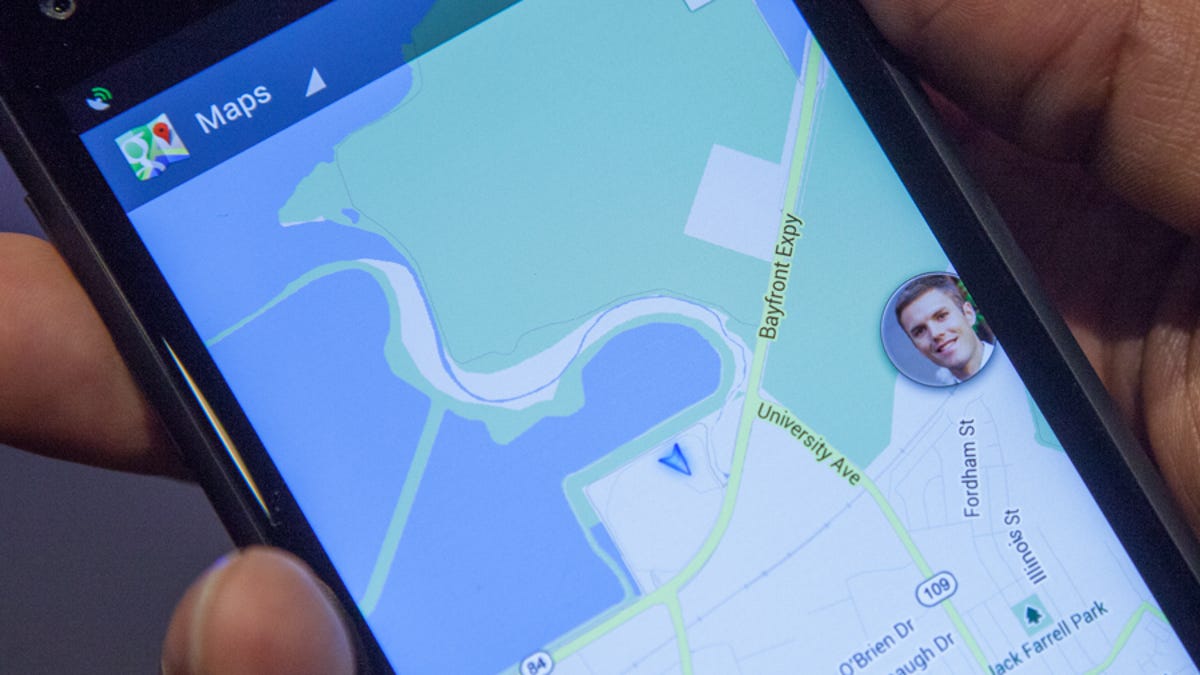Android crowned king at AT&T
As AT&T looks for ways to make its business more efficient and shrink how much it spends on device subsidies, Google's Android smartphones take the top sales spot at the carrier in the second quarter.

Sales of Google Android smartphones outpaced sales of the Apple iPhone at AT&T in the second quarter, as the No. 2 wireless carrier looks for more efficient ways to make a profit in the competitive wireless business.
During the company's second-quarter conference call Tuesday, Ralph de la Vega, AT&T's head of wireless, said Google Android devices had accounted for the largest percentage of the 6.8 million smartphones sold on the carrier's network during the quarter, beating out the popular iPhone.
While de la Vega acknowledged that some of this may be because T-Mobile also introduced the iPhone during the same quarter, he said that factor likely didn't have that great of an impact. And even though he wasn't offering up any specific numbers, he still said AT&T sold more iPhones this quarter than it did during the same quarter a year ago.
Though AT&T still has more iPhones on its network than any other wireless carrier in the market, de la Vega seemed to welcome the fact that in terms of new device sales, the iPhone isn't still the reigning king.
The biggest benefit is that the company will pay less in device subsidies, since Android devices typically don't command the same up front cost from AT&T.
"We are really pleased to see Android sales pick up," he said. "They carry a lower subsidy than other phones. We see some nice opportunity with the Nokia Lumia 1020 to help drive sales of Windows Phone. And we're pleased with the diversity of the portfolio."
Lowering the amount of money that AT&T has to pay when customers upgrade to new devices is a key part of managing the company's expenses and finding ways to eke out growth for the company.
As wireless penetration reaches 100 percent, AT&T has to get creative in how it finds growth for its service. Some of the growth is likely to come from the introduction of new wireless devices to the network. The company has been working hard to get customers to add other Internet enabled devices to the network, such as tablets. And it's been successful in doing that. In the second quarter, 400,000 of the 500,000 new additions to its postpaid service came from people who added tablets to their accounts.
The company's Mobile Share plans make it easier and more affordable to add these devices. And because people are using more devices to access the Net, they're upgrading to higher tier services. In fact, executives say 80 percent of AT&T's Mobile Share customers choose a higher tier of service.
But cutting back on device subsidies also helps the company improve profit margins and profitability, and AT&T has been working hard on this front as well. Moving customers away from the expensive iPhone is one way in which AT&T is doing this. But the company has also changed its upgrade policy. It has extended it from 20 months to 24 months. To help take the sting out of change and to appeal to customers who want new devices sooner than every two years, AT&T recently introduced Next, an early upgrade and trade-in program.
De la Vega characterized the new plan as a boon for wireless subscribers. "People can walk out the door with a new Lumia 1020, which has the best camera on a smartphone, with zero money down and a reasonable monthly payment," he said.
While it's true that the program allows customers to get a new smartphone every year without putting out a lot of cash upfront to do it, it does cost the average wireless subscriber a lot more money over the long term. The main reason is that AT&T doesn't ask for a "down payment" on the device, but it does ask customers to pay a monthly fee for their new phones. This is on top of the monthly service fee AT&T already charges, which for customers buying a subsidized device is already bundled into the cost of the service.
T-Mobile CEO John Legere said customers using this plan would pay twice for their devices.
In addition to not footing the bill for people who like to upgrade devices frequently, AT&T will also be able to tap into the value of these discarded devices.
AT&T's chief financial officer, John Stephens, explained during the conference call how AT&T will be able to leverage the value of these high quality used phones. He said that up until now when people upgraded to a new smartphone, neither the carrier nor the customer was really tapping into the value of that device, which in some instances retains a value of $250 or more. Now, he said, customers can trade in those phones to upgrade earlier to a new device, while AT&T can take that same device and refurbish it using these devices as replacements for customers on insurance plans, or the company can sell the used devices.
"There have been high quality used smarpthones in the market place that neither the customer nor the provider have taken advantage of," he said. "And Next allows us to do that so that it works for us and the consumer."
With this in mind, de la Vega said the fact that AT&T already has the largest number of iPhones on its network will work in its favor as customers trade in old devices and upgrade to new devices.
"We stand to gain the most from these trade-in programs because of the large base of iPhones," he said. "Those devices have some of the highest resale values."

